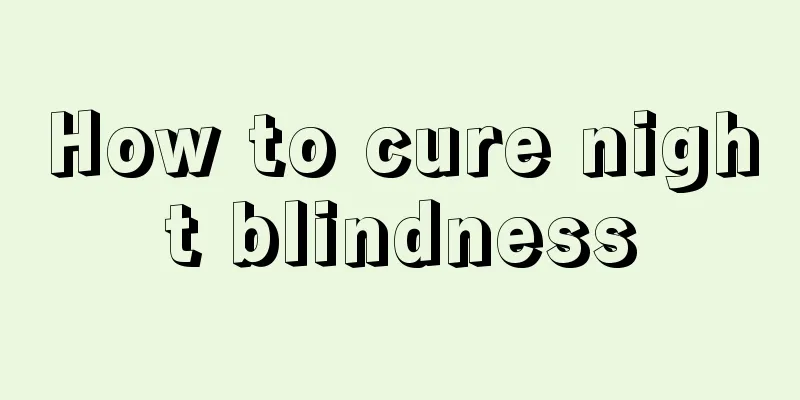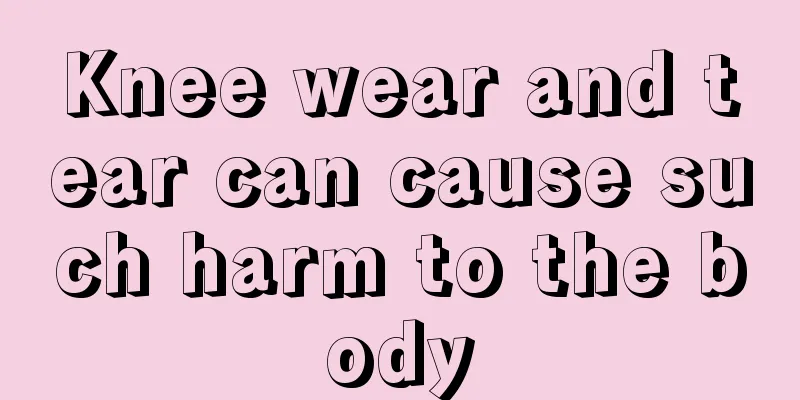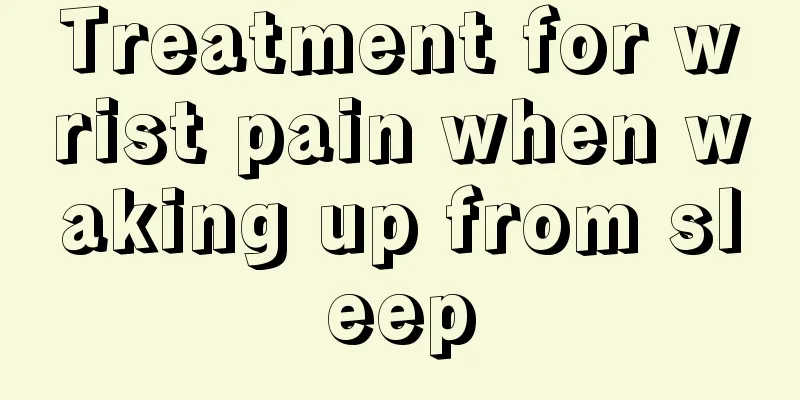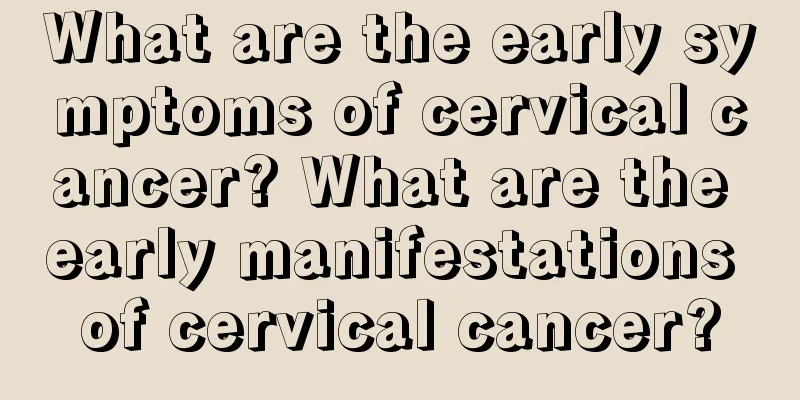What is the best way to treat lumbar spinal stenosis? 6 major treatment methods
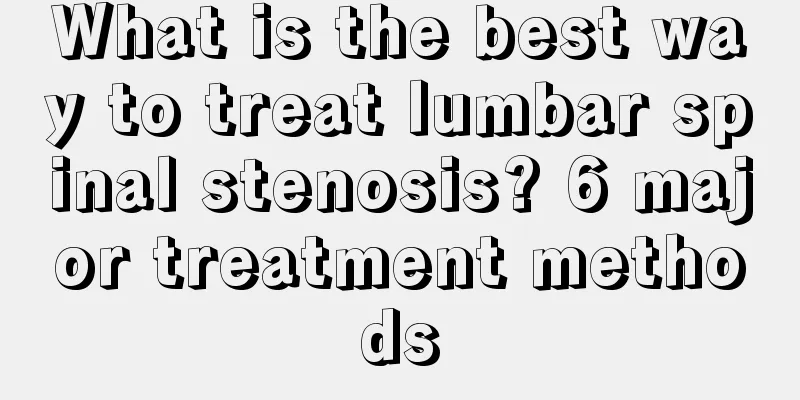
|
Don’t ignore the dangers of lumbar spinal stenosis. Severe cases can lead to incontinence, lameness, limited mobility, and obvious symptoms of lower back and leg pain. To treat lumbar spinal stenosis, you must first exercise more, combined with medication and minimally invasive treatments, which are very effective. 1. Six major treatments for spinal stenosis 1. Physical exercise It can strengthen the back extensor muscles and abdominal muscles, increase the stability of the lumbar spine, and thus delay the rate of lumbar joint degeneration. Practicing Tai Chi has a good effect on this disease. 2. Drug therapy Taking medicine, getting injections, and applying plasters are all considered drug therapies. Drug therapies mainly have the effects of reducing inflammation and swelling, relieving pain, and promoting blood circulation and removing blood stasis. 3. Minimally invasive therapy Laser needle knife can loosen adhesions and has a good therapeutic effect on spinal stenosis. 4. Blockade therapy Injecting drugs into pain points and around nerve roots is called blockade therapy, which mainly plays the role of anti-inflammatory, analgesic and improving blood circulation. 5. Massage Tuina massage is very helpful in relieving the symptoms of spinal stenosis, but you should go to a regular hospital for treatment, because if the wrong method is used, it will aggravate the symptoms. Its function: It can promote blood circulation, remove blood stasis, dredge meridians and relieve symptoms. 6. Surgical treatment Surgical treatment is mainly used for those whose life, work and rest are seriously affected and for those who have not responded to non-surgical treatment. Surgery changes the original tissue structure of the human body and is a invasive treatment. 2. What are the dangers of spinal stenosis? 1. Urinary and bowel disorders Bowel and urinary disorders usually occur later. In the early stage, the symptoms include weak urination and defecation, frequent urination, urgency and constipation. In the late stage, urinary retention and incontinence may occur. 2. Limping Symptoms worsen when the spine is extended and relieved when the spine is flexed. A small number of patients have lower limb muscle atrophy, and the Achilles tendon reflex is sometimes weakened or disappeared. It may also be accompanied by lameness. 3. Limited activity Movement disorders are mainly caused by spinal stenosis, vertebral tract signs, limb weakness, stiffness and inflexibility, from the most caused by lower limb weakness, heavy legs begin to fall like a cotton feeling, heavy standing gait is unstable, easy to kneel down, need help from the wall or crutches to walk, the symptoms gradually worsen as a quadriplegia appears. 4. Nerve root stimulation Symptoms of nerve root irritation, such as a tight feeling in the chest and back, and pain. 5. Pain There are obvious symptoms of low back and leg pain. |
<<: How to control high blood sugar, 4 effective methods to help you
>>: Can tinnitus cause dizziness?
Recommend
What are some good treatments for stage 4 pancreatic cancer?
What are the good treatments for stage 4 pancreat...
Early treatment of endometrial cancer
There are many ways to treat endometrial cancer. ...
How to whiten a dark complexion?
Many people's facial skin is dull and lacks l...
What are the effects and functions of soaking your feet in black tea?
Regardless of gender, age or status, everyone sho...
Are there any sequelae after the cure of bile duct cancer?
Patients with bile duct cancer should pay attenti...
Why don't I want to eat and am not hungry
When the body feels hungry, it means that the bod...
What are the sequelae of kidney cancer
What are the sequelae of kidney cancer? In fact, ...
Can eating walnuts prevent prostate cancer?
Recently, a study by the University of Texas Heal...
How to treat lung cancer better? Three methods are the best for treating lung cancer
There is a saying in our country: whether you are...
5 atypical signs of lung cancer. If you miss them, lung cancer will definitely be delayed to the late stage!
Lung cancer is one of the malignant tumors with t...
What should I pay attention to when getting the Haemophilus influenzae type b vaccine
Nowadays, there are many vaccines that actually r...
What to do if toothache is caused by rotten teeth
Rotten teeth can definitely cause tooth inflammat...
How to diagnose liver cancer? Introduction to 5 liver cancer diagnosis methods
The treatment of liver cancer has always been a d...
This kind of people are prone to liver cancer. 7 causes of liver cancer that you should know
Liver cancer is highly malignant and is one of th...
Vascular occlusive vasculitis, three methods can solve it
Many people say that vasoangiitis occlusive is an...
